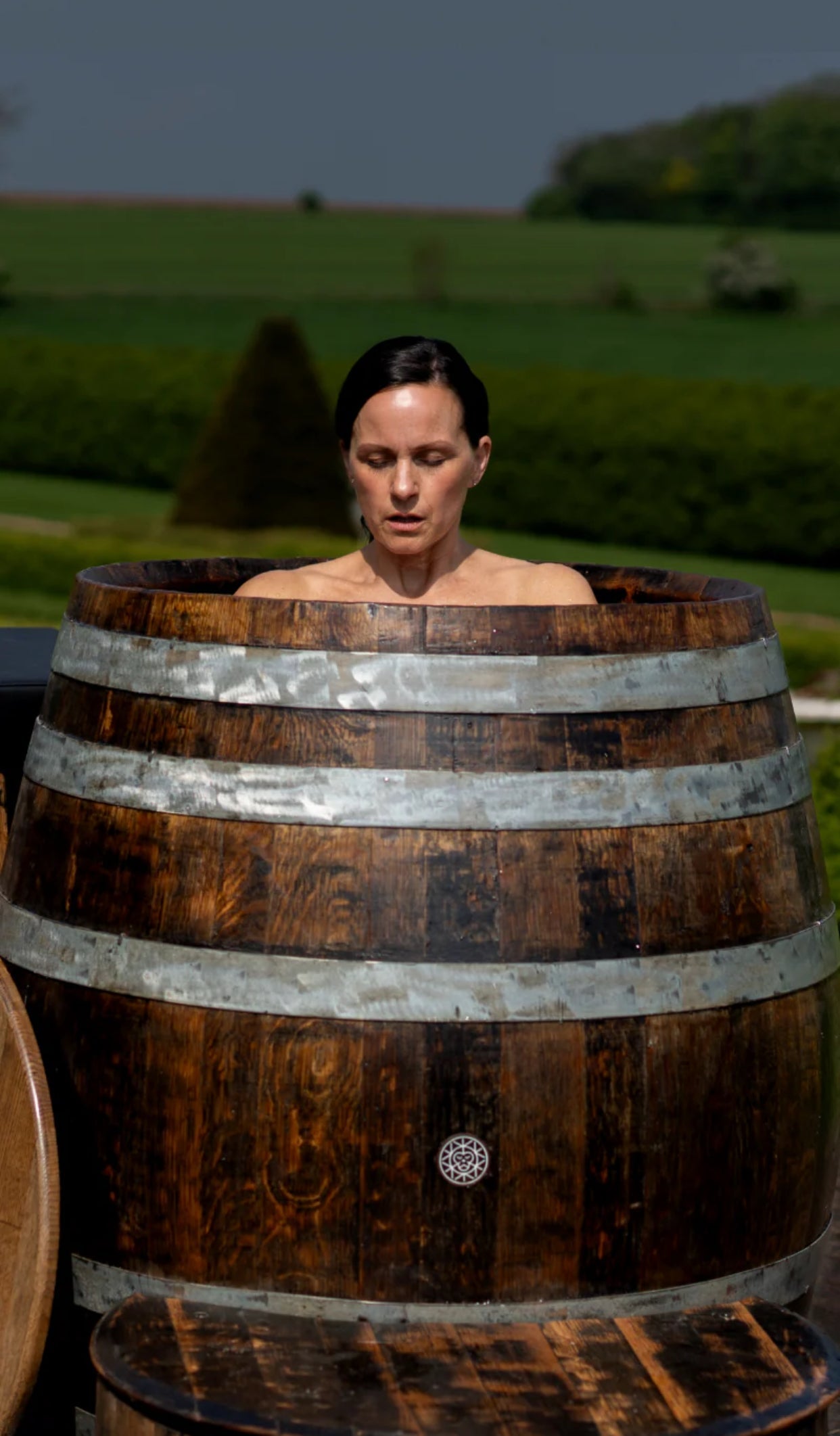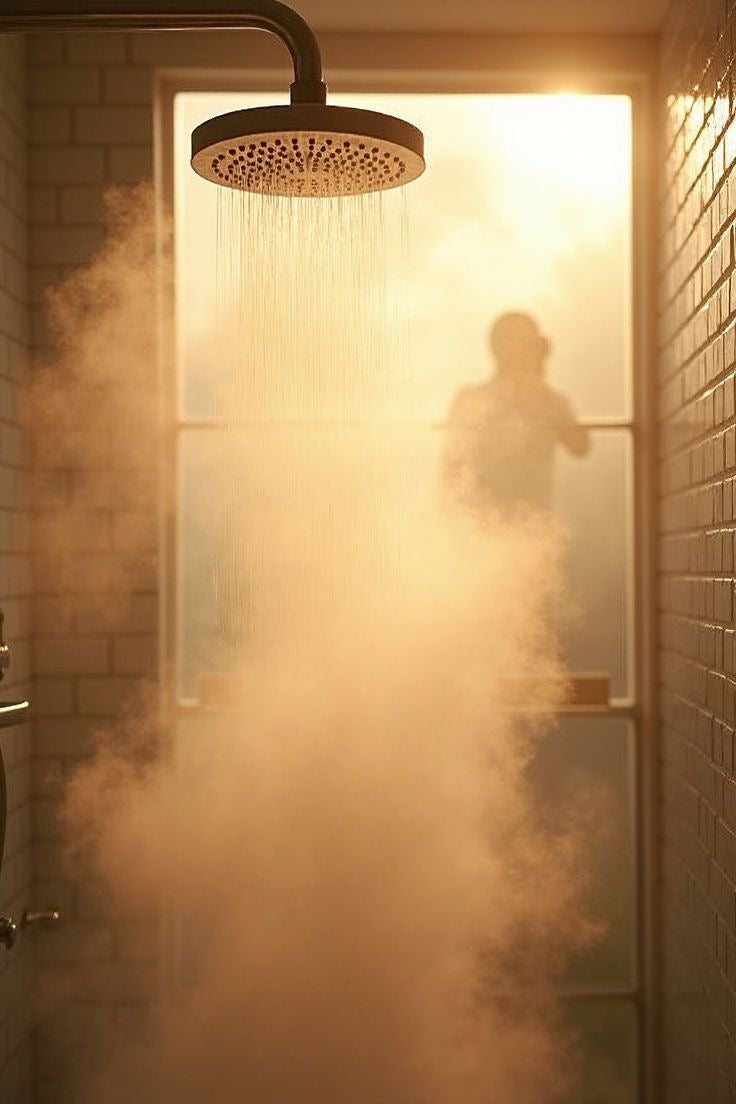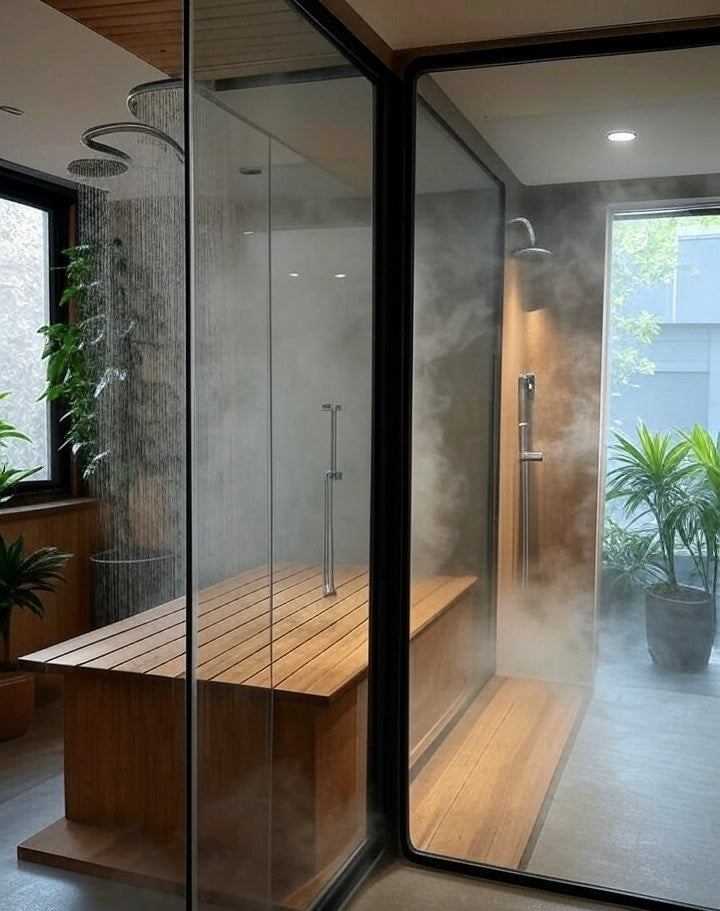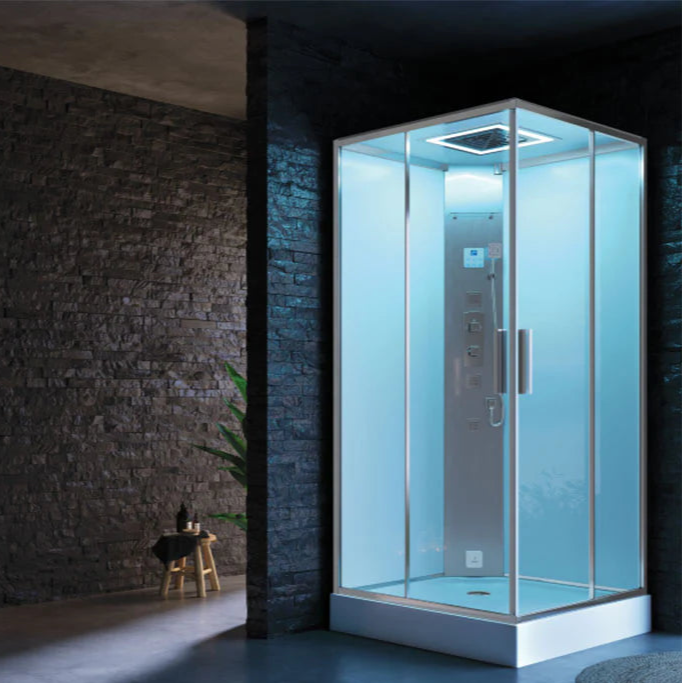The best cold plunge routine is 2–5 minutes at 10–15 °C, 2–4 times per week. This balances recovery, mental clarity, and safety. Keep reading for pro tips on temperature, immersion time, breathing, and equipment to perfect your icy dip!
Understanding the Benefits of Cold Plunge Therapy
Physical Benefits
Muscle Recovery and Reduced Inflammation
Cold plunges help reduce muscle soreness and joint pain. They limit inflammation and support faster recovery after workouts. Athletes often rely on them to stay in top shape and reduce downtime.

Improved Circulation and Metabolism
Cold immersion stimulates blood flow as your body works to maintain core temperature. This boost in circulation may also support metabolic health over time.
Enhanced Immune Function
Some research and anecdotal evidence suggest cold plunging can help strengthen immune responses. Regular practice may improve your body's ability to handle stressors and ward off illness.
Mental and Emotional Benefits
Boosted Mood and Mental Clarity
Cold exposure can trigger endorphin release and increase dopamine levels. This improves mood and provides sharper mental clarity.
Increased Resilience and Stress Management
Facing the discomfort of cold helps train mental toughness. It encourages better stress management and builds overall resilience to life's challenges.
Crafting Your Optimal Cold Plunge Routine
Preparing for Your Cold Plunge
Consulting a Healthcare Professional
Check with your doctor first if you have cardiovascular conditions, high blood pressure, asthma or any other health concerns. It's an important safety step.
Setting Up Your Cold Plunge Environment
Choose between a Cold Plunge Tub, Ice Bath Tub or DIY setups. Make sure it’s clean, safe, and easily accessible to avoid accidents.
Essential Pre-Plunge Practices (Hydration, Breathing, Mental Readiness)
Stay well hydrated before plunging. Practise slow, steady breathing to prepare for the shock. Mentally commit to staying calm and controlled in the cold.
During the Plunge: Technique and Duration
Gradual Entry and Proper Posture
Ease yourself in slowly to reduce the initial shock. Maintain a stable, comfortable posture to avoid slipping or sudden movements.
Recommended Temperatures for Beginners and Beyond
-
Beginners: 12–15 °C
-
Intermediate: 10–12 °C
-
Advanced: 8–10 °C
Colder water is more intense and riskier—so increase tolerance gradually.
Progressive Immersion Times (Starting Short to Longer Durations)
-
Beginners: 2–3 minutes
-
Intermediate: 3–5 minutes
-
Advanced: Up to 10 minutes, with caution
Always exit early if you feel numb, dizzy, or overly uncomfortable.
The Importance of Listening to Your Body
Pay attention to warning signs like shivering, confusion or discomfort. Exiting early is always better than risking hypothermia or injury.
Post-Plunge Recovery and Integration
Safe Warming Up Techniques
Use dry clothes, gentle movement, or warm drinks to rewarm gradually. Avoid jumping straight into a hot shower immediately after.
Hydration and Nutrition Post-Plunge
Drink water and eat nourishing food to support your body's recovery. Replenish lost energy and maintain immune function.
Incorporating Cold Plunging into Your Lifestyle (Frequency and Consistency)
Aim for 2–4 sessions each week. Consistency helps you build tolerance and maximise the benefits without overloading your stress response.
Important Considerations and Advanced Practices
When to Cold Plunge: Timing for Specific Goals
Morning Plunges for Energy
Morning plunges boost alertness and set a positive, energised tone for the day.
Post-Workout Plunges for Recovery
Use after training to reduce soreness and help muscles recover faster.
Cold Plunging for Stress Relief
Evening sessions can calm your nervous system and help manage stress effectively.
Safety Precautions and What to Avoid
Recognising and Avoiding Risks (e.g., Hypothermia)
Know hypothermia signs like excessive shivering, confusion or slurred speech. Exit immediately if these appear.
The Importance of Not Plunging Alone
Always have someone nearby when plunging. This ensures help is available if anything goes wrong.
Exploring Related Cold Exposure Techniques
Cold Showers as an Introduction
Cold showers offer an easy, affordable way to begin adapting to cold exposure.
Combining with Heat Therapy (Sauna and Cold Plunge)
Contrast therapy alternates heat and cold for improved circulation and recovery. Saunas pair beautifully with cold plunges.
The Wim Hof Method and Breathwork
Using controlled breathing can reduce the shock response. It improves comfort and focus during immersion.
Takeaways:
-
Start slow, stay safe, and progress carefully.
-
2–5 minutes at 10–15 °C is ideal for most.
-
Consistency delivers lasting benefits.
-
Preparation, breathing, and recovery matter.
-
Always listen to your body’s signals.






